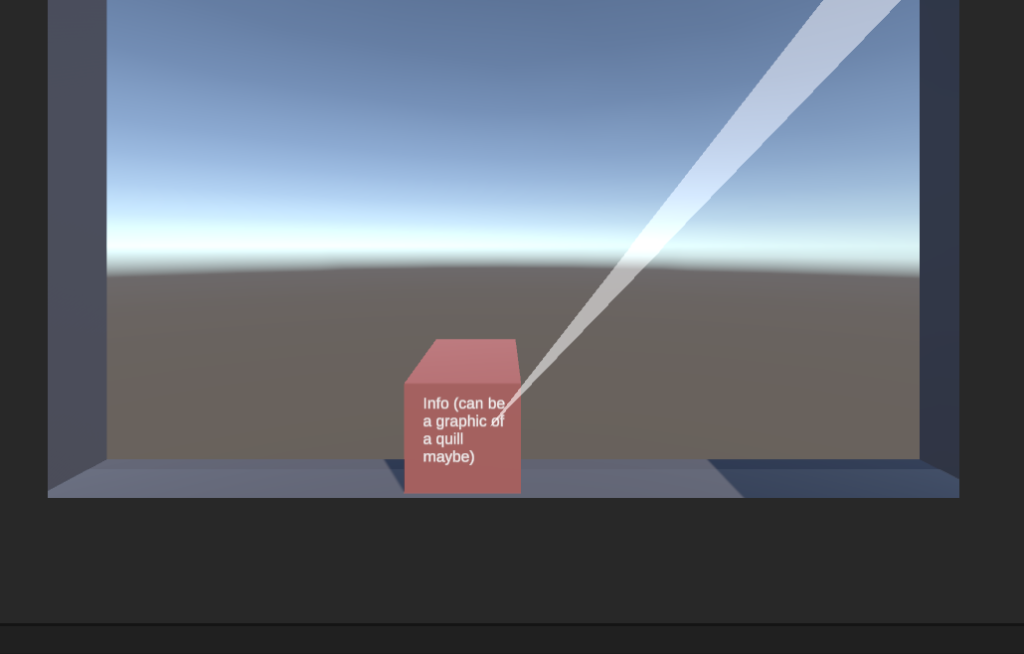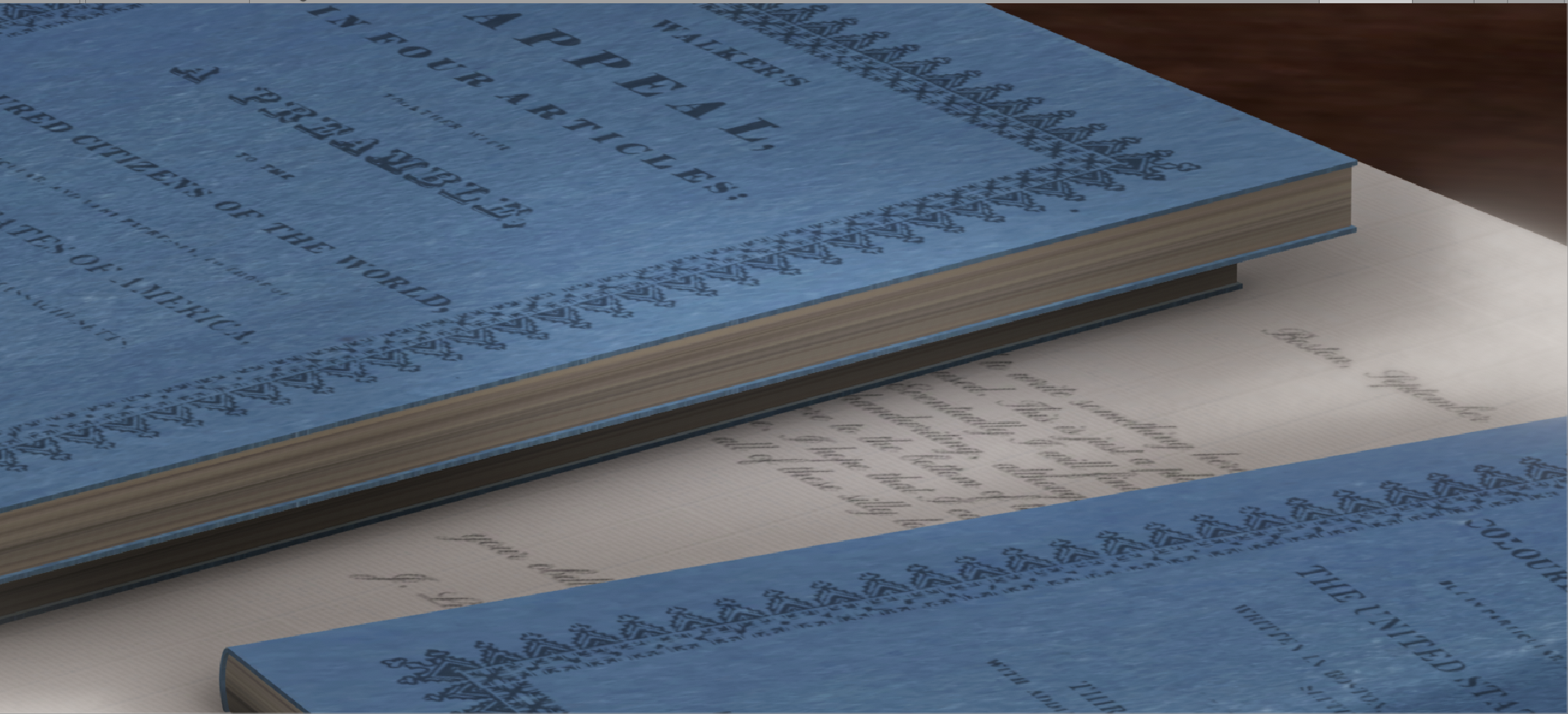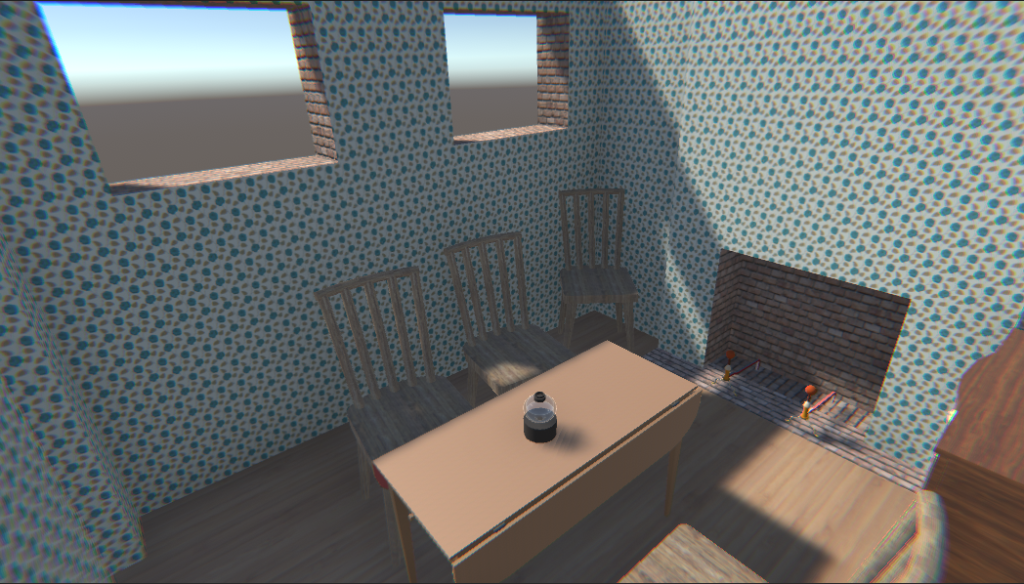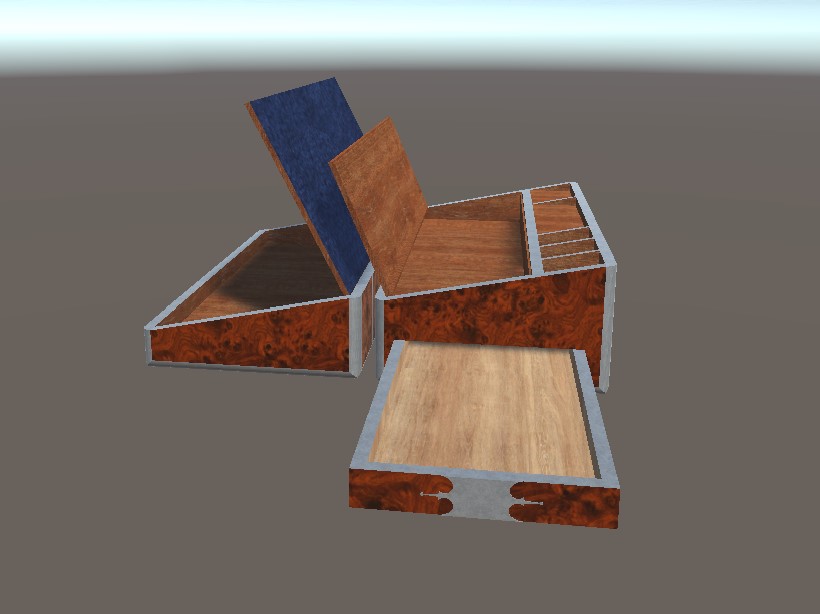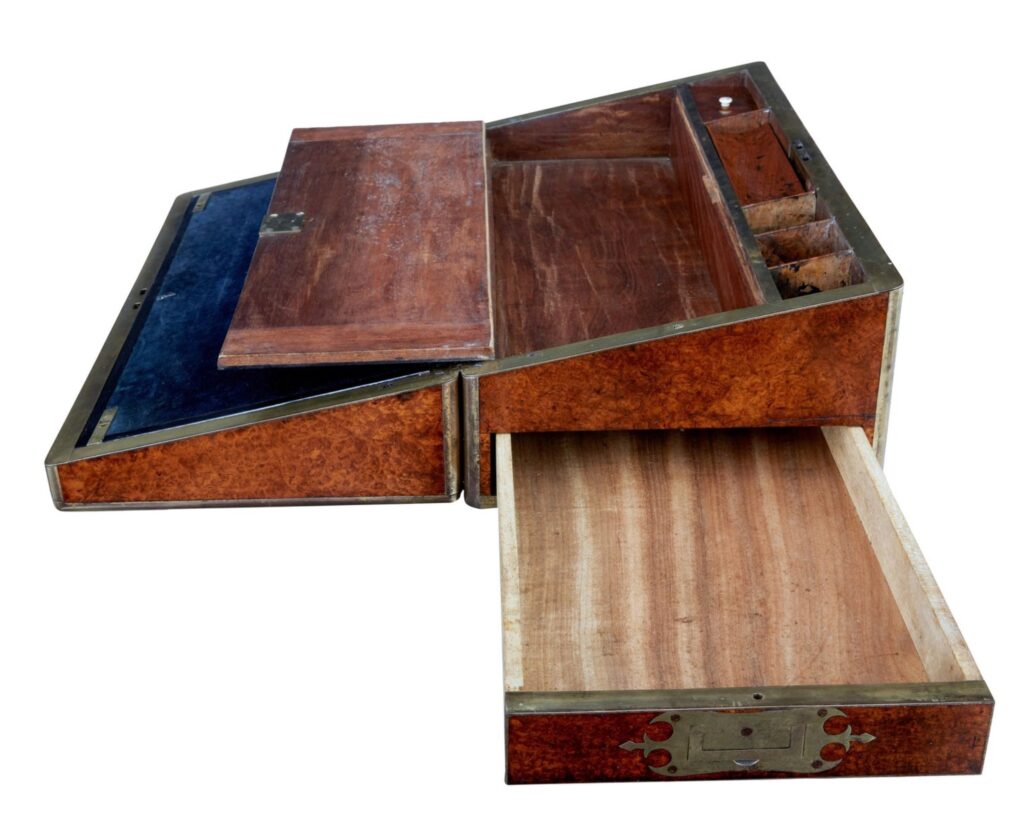By: Jenia Browne, Kesia Davies, Ananya Dhandapani, Jessica Luo, and Kira Torrieri
In late July, the 3D Black Boston team had the opportunity to present our progress thus far at the Association for Computers and the Humanities (ACH) 2021 Virtual Conference. As the undergraduate members of the team, many of us had not presented at a professional conference before, and certainly not in a virtual setting. The process taught us what putting a professional research presentation together involves, exposed us to similar projects, and allowed us to reflect on and present our work. It was a great way to bring the past four to five months of research together.
We mainly presented on the research process to find the objects we were going to model and find clues about Walker’s life and home. We also walked through the modeling process for some of these objects, from the initial SketchUp models to the final textured and post-processed ones in the VR demo. Our presentation included how we found sample objects and the difficulties we had modeling furniture using online sources (like images, illustrations, and videos). Since surviving records about Walker told us relatively little about Walker’s home and everyday life, we had to make design decisions about the type of furniture he had in his home. Although we used the probate record to determine the general objects inside the residence, it was up to us to find examples of objects that were accurate to his time period as well as to his status in society.
For example, Kesia’s slides focused on the decisions she took in respect to texturing an object, deciding the style of a chair, or even the type of object. Objects like sewing boxes, chairs, writing desks were important parts of Walker’s life. Objects represent plenty of information regarding a person’s life; for instance, a sewing box shows someone is skilled in the craft of clothing repair and needs their materials to be in a single container so transporting them is easier. That is why such a big focus was put on the choice of objects, textures, styles, and positioning in Walker’s home. She also described the collaborative effort that was required for one of the final empire chairs.
We also took time to elaborate on the actual modeling process and how that was challenging since many of us did not have prior 3D modeling experience. In many instances, our furniture references were not photographed from all angles, so it was hard to tell how all their features looked in real life. One of the problems we faced while trying to do this work during the pandemic was that we couldn’t examine objects in person. Photographs and videos are sometimes difficult to interpret when modeling 3D objects. Talking about the challenges we had with 3D modeling was helpful in communicating our process and progress on the project so far; we felt this was important to share with the audience because it allowed us to show how our research and technical skills were combined into an interdisciplinary project.
Being able to reflect on the work we accomplished was one of the most rewarding parts of ACH. As an undergraduate team, we all came in with different perspectives and levels of experience with research and modeling. All of us had times when we felt a bit stuck, and sometimes the learning curve was more extreme than we anticipated. Putting together the presentation for ACH was a great way to accumulate all of our work, and even gain insight into each other’s experiences. Since we’re a remote team working everywhere from Texas to Massachusetts to Florida, we don’t get to interact as much as we may have outside of the pandemic’s limitations. Because of this, the presentation was a learning experience for us too, and a chance to appreciate each other’s contributions. We achieved a lot over the past five months, both in terms of personal growth and putting together Walker’s space. As undergraduate students, we don’t always get the chance to present our own work. Being acknowledged by a professional research community, receiving questions and comments on our work, and looking back on our work revealed how much we progressed throughout our research.
The Q&A session was interesting because it offered a chance for us to consider aspects of the project that hadn’t been at the forefront of our minds. It also gave us an idea of what people with no relation to the project made of our work. The audience’s questions were very stimulating and struck a lot of self-reflection on the project’s development and future. We learned a lot about other team members when they expressed themselves in response to very interesting questions. Some answers were very inspiring and insightful. The Q&A section can help us figure out which parts of it were communicated clearly and which could be expanded upon in the future. As it was our first conference we felt like we learned a lot from the Q&A experience and are all excited to present more on this project in the future.
Overall, ACH was an illuminating experience, and we’re all extremely grateful that we got to participate. We’re also very grateful for the mentoring and support we received throughout the project from Professor Linker, Professor Nieves, and Liam. Without their assistance, and our collaborations with each other, the project would not have developed this fast and the process would be far less enjoyable than it has been. Learning has always been prioritized in the project, which gave us all the space we needed to grow independently and make mistakes freely. Being able to share that experience with others was an incredible end to the summer!
